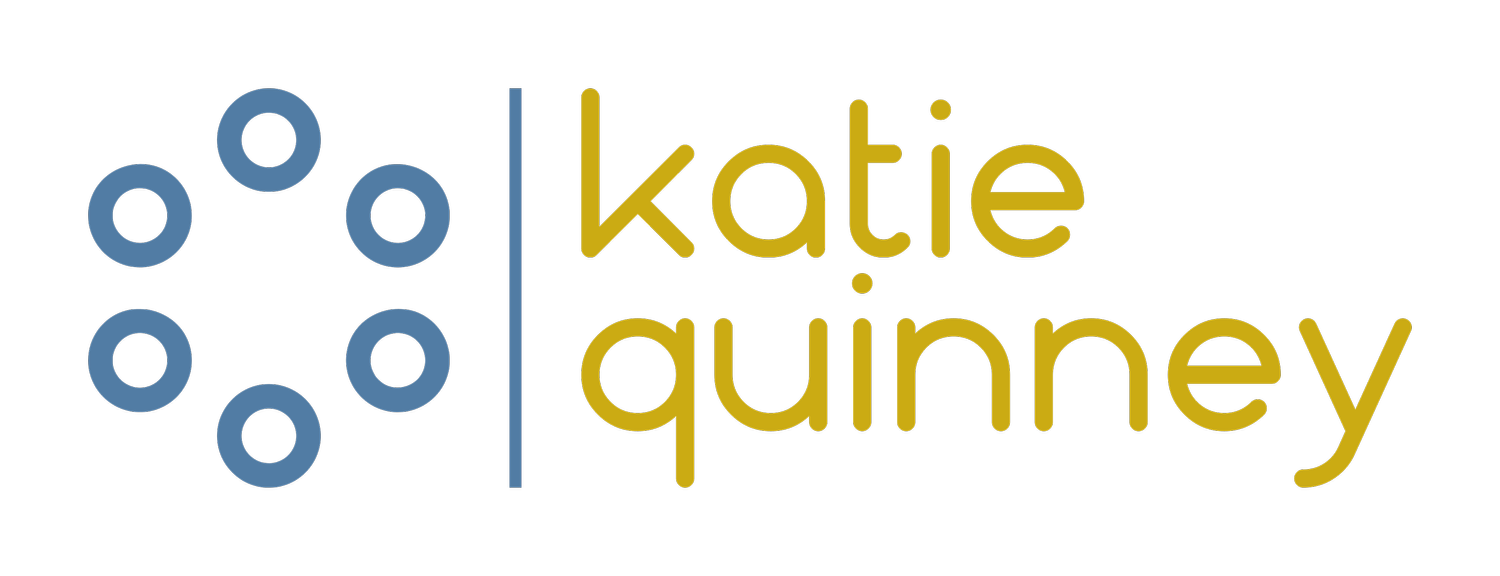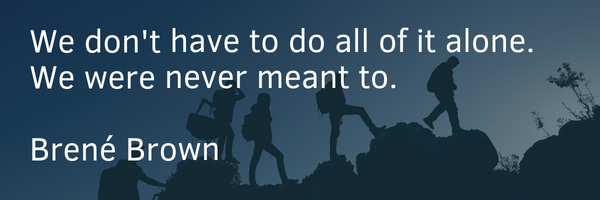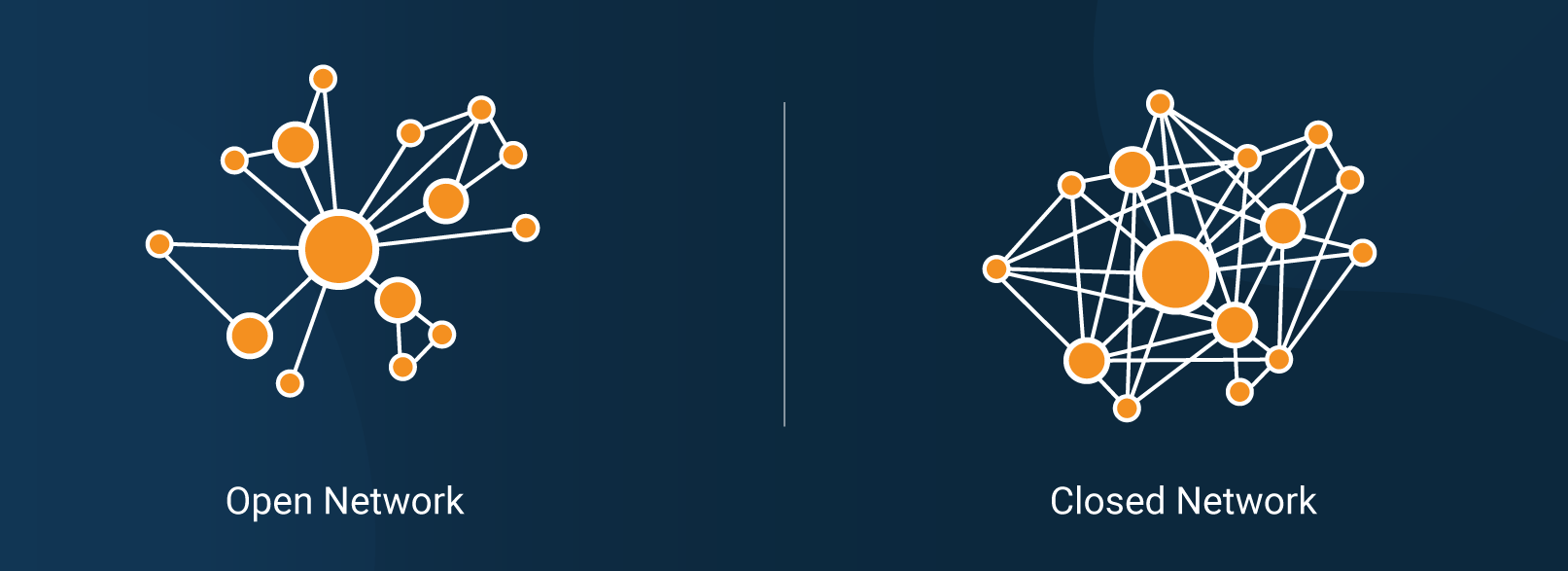Build your network as a forward-looking healthcare leader
I feel like I need to wave a couple of flags as I start this blog post. The first flag that says I’m talking about networking - I’m talking about your network. The second flag says this isn’t about computer networks or technology focused.
As an introvert, the story I tell myself is that I’m not a natural networker, I’m not great at small talk and large crowds aren’t my natural environment.
However, I do have a pretty decent professional network.
Networking is the work of connecting with people, being curious and starting a relationship with them. A network is the group of people who come from the work of connecting.
Connection I can do.
A quick interlude to acknowledge and reference the people I have had the privilege to learn from on this topic. My interest started with a course (Networking for Success) from Acumen Academy (no longer available, unfortunately), Adeption, Nick Petrie and Network Leader. The latter I will reference more as I describe what your network needs to look like.
A professional network is a group of about 15 people who are ‘on your bus’. They are there to advise, support, challenge and encourage. A good network is built for your future - not your past. This does not mean you throw everyone off the bus from your past, you just might need to swap in a few different people
Aren’t you surrounded by people every day? Aren’t they your network?
Not necessarily, yes, some may be for sure. Your bus is filled intentionally, you decide who is on the bus.
This intentional network is a crucial asset to you and your career. They can open doors, literally, and they are also there for wisdom, pointers, guidance and perspective. These colliding perspectives are a core component of vertical development, so your network is key to your evolving practice and mindset as a leader.
A good network can provide all this and so much more - and a good network is open, diverse and deep.
Open
An open network is where the people on the bus don’t necessarily all know each other. An open network ensures you’re hearing things from different sources. If everyone on the bus knows each other (a closed network) then they’ll all have the same information and same contacts. An open network means you hear other things and get to meet other people. This creates greater opportunities and means you start to break down silos and the barriers that get in the way of things getting done.
Diverse
A diverse network crosses many boundaries. When I took that first course on understanding my network, I took one look and realised - all white women. No diversity at all. A diverse network brings experiences and knowledge from a range of perspectives. It means you are more likely to be challenged and the resulting insights lead to more impactful solutions or ideas. There is freshness and innovation with a diverse network.
Deep
The depth of your network refers to the connection, trust and understanding you have with each person on that bus. You have frequent contact (hence the limit to around 15 people on your bus), and these are meaningful. They are safe where you can have a sounding board to build your thinking. When I think of the depth of my relationships, it brings a smile to my face, there is joy in these connections. This is also the place where the most profound ideas are shaped and often, this leads to a great sense of commitment and collaboration.
The most important thing about establishing and building your network is your approach. While yes, there is a lot you gain from a great network - it’s actually about what you give. It’s being of service and being generous.
It’s better to give before you receive. And never keep score. If your interactions are ruled by generosity, your rewards will follow suit.
Keith Ferrazzi
Never Eat Alone: And Other Secrets to Success, One Relationship at a Time
What now? How do you start understanding your current network and ways to increase the openness, diversity and depth your network already has? Network Leader is a great place to look for ideas, assessments and tools.
Alternatively, this worksheet will give you an easy starting point. From listing the people on your bus, then checking in with some reflective questions and space for insights and ideas for what your bus could look like.









